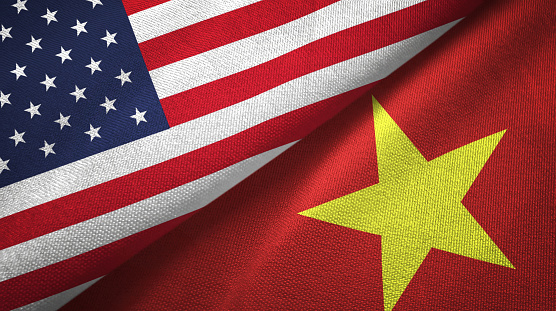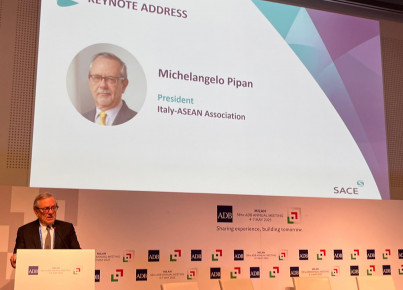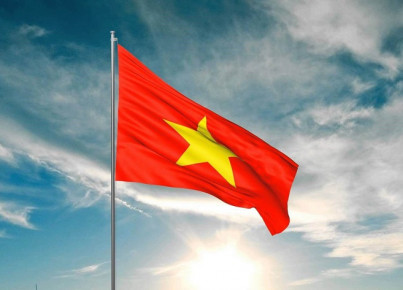Scenarios and prospects on Washington-Hanoi relations after President Joe Biden's recent visit
By Tommaso Magrini
US President Joe Biden visited Vietnam on Sunday 10 September. ‘The strengthening of the Us-Vietnam partnership will partly redress the swing in the regional balance in South-East Asia and the South China Sea towards China that has occurred over the past decade’. This was argued in an analysis published in Nikkei Asia by Alexander L. Vuving of the Daniel K.Inouye Asia-Pacific Center for Security Studies in Honolulu and an expert mainly on Vietnamese foreign policy. Besides being a significant addition to the regional architecture, the elevated US-Vietnam partnership will be a critical component of Vietnam’s international ‘safety net’, Vuving argues. The thicker threads of this network include special strategic relationships with Laos and Cambodia ‘comprehensive strategic partnership’ with China, Russia, India and South Korea- and in the process of being defined with Australia and Singapore- and a ‘broad strategic partnership’ with Japan. But although the United States, like China, is regarded by Hanoi as an ‘indispensable nation’ in the Asia-Pacific region, Vuving emphasizes that so far it has been at the third level of Vietnam’s foreign relations as a mere ‘global partner’. According to Vuving, Vietnam must avoid taking sides in the rivalry between great powers, but must adhere to or even create mechanisms that promote its sovereignty, territorial integrity, prosperity and resilience. While maintaining the bilateral and multilateral relations it has cultivated in the past, it should not avoid participating in extemporaneous ‘mini-lateral’ groupings that could contribute to the country’s defence and development. There was also much talk of business and technology during the US President’s visit. Leading US semiconductor and digital product companies, including Intel, GlobalFoundries and Google, participated in a business meeting with the purpose of strengthening Vietnam’s global role in various segments of chip production.






